Announcing the McWilliams/PSC Seed Grant 2023 Recipients
The McWilliams Center for Cosmology has partnered with the Pittsburgh Supercomputing Center (PSC) to determine the recipients of a seed grant program to support faculty, postdoctoral fellows, and research staff who want to explore a new area of research or jumpstart their research activity. The program is designed to encourage genuine collaborations between faculty and postdocs affiliated with the Center for Cosmology and the PSC that involve either new avenues of research or the feasibility testing of new methods.
The one-year seed grants will provide $10,000-$50,000 in support for researchers to conduct preliminary analyses, demonstrate proof of concept, collect preliminary data, and establish the potential for high impact of the proposed idea for future proposal submissions.
The 2023 Seed Grant Recipients
➤ Yesukhei Jagvaral and Rachel Mandelbaum
LSST DESC 2023 Sprint Week
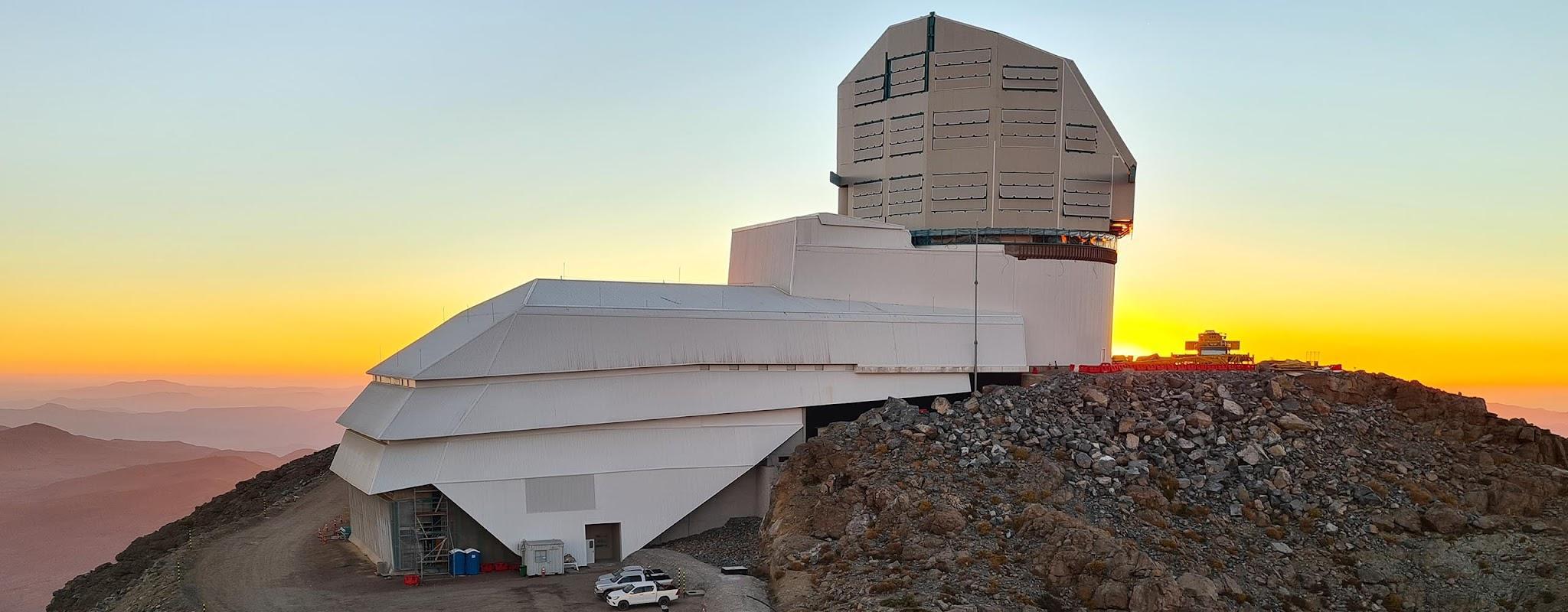
Image credit: Rubin Obs./NSF/AURA
A McWilliams Seed grant will support the upcoming LSST Dark Energy Science Collaboration (DESC) sprint week in October 2023, which CMU has been selected to host as a hybrid event. The DESC Sprint Week is an annual event that follows a “hackathon” format, providing an opportunity for members of DESC to work together to make rapid progress on DESC-related projects and to develop new collaborations. Hosting this event is a great opportunity for the McWilliams Center and the Department in general, which will facilitate the development of new collaborations between local and visiting scientists and computing experts. The proposed McWilliams seed grant will ensure the success of the event by increasing its accessibility in two ways: (a) by minimizing the cost of attendance for participants, and (b) by securing a venue well-suited for a hybrid sprint week.
➤ Matthew Walker
Illumination of Subgalactic Dark Matter Halos by Captured Stars
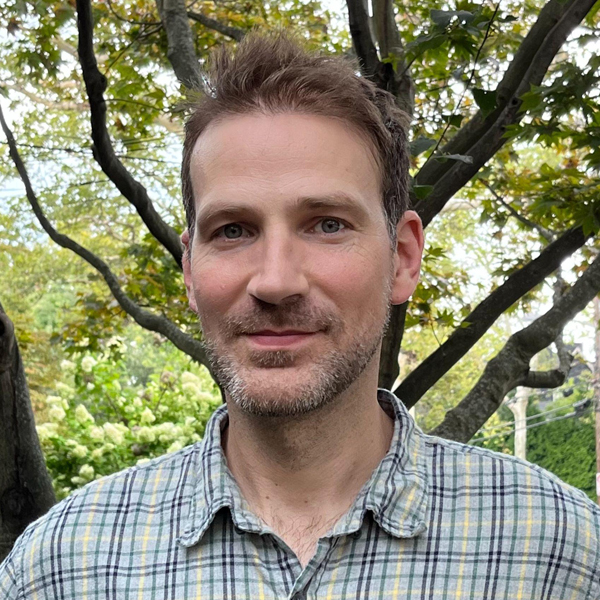

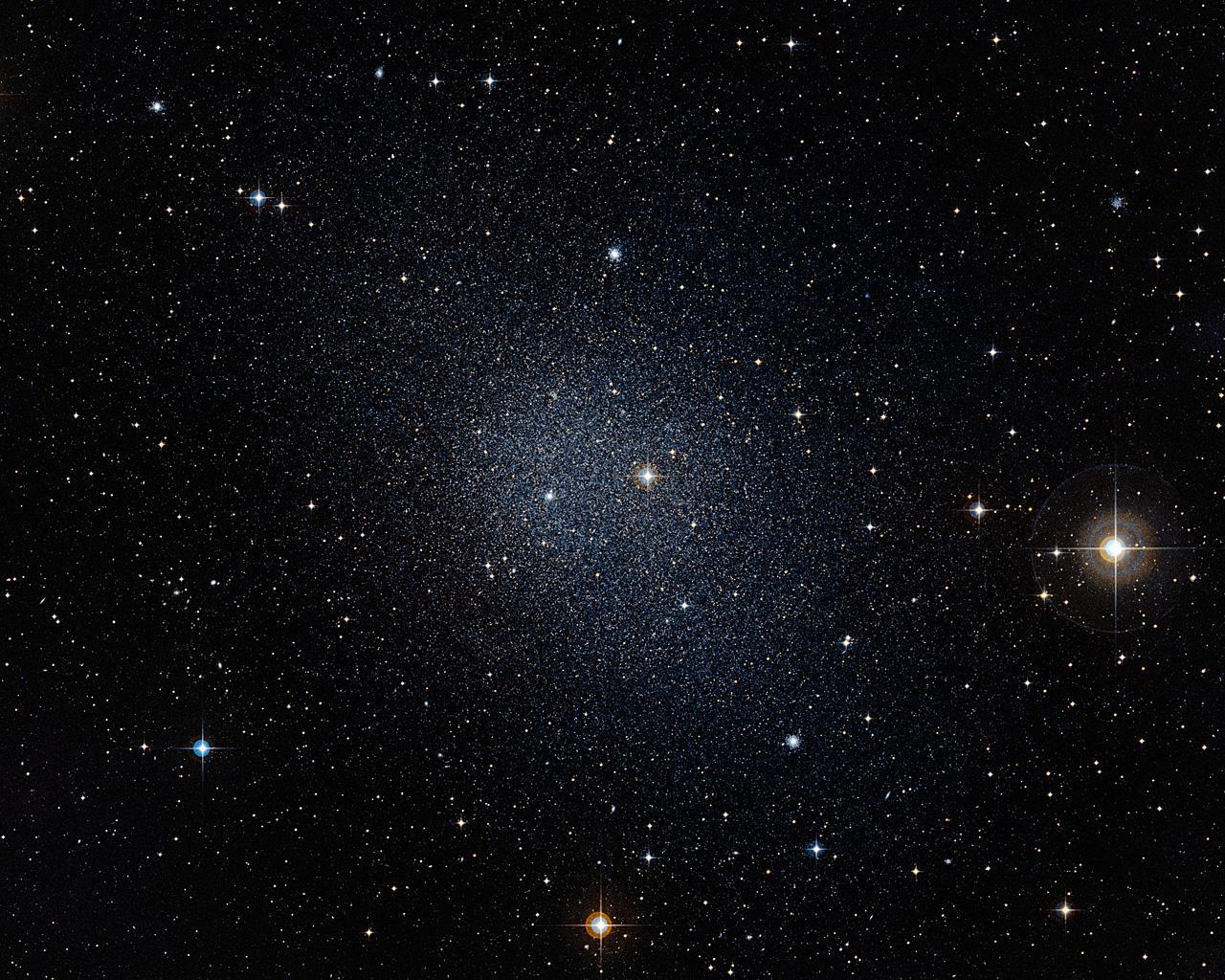
We propose to develop a novel probe of dark matter structure on sub-galactic scales —specifically, the dynamical capture of a galaxy's stars by its own internal dark matter subhalos. We aim to perform simulations to predict observational signatures and to provide training data for the development of analysis tools. The long-term goal, anticipating the next generation of deep/wide survey data (e.g., LSST, Roman Space Telescope), is to provide unique sensitivity to the existence of dark matter halos at low mass, testing a fundamental prediction of the cold dark matter paradigm.
➤ Antonella Palmese, Katie Breivik and Brendan O'Connor
Renewing the connection between CMU and SALT


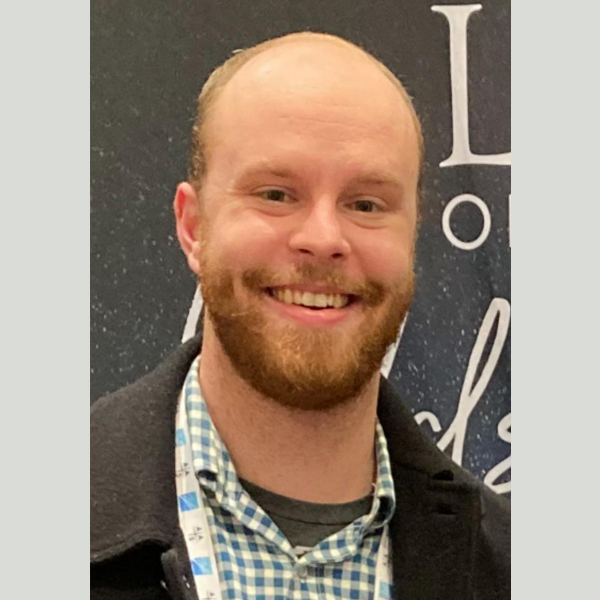
The Southern African Large Telescope (SALT) is one of the largest optical telescopes in the world, with an effective aperture of 9.2 meters. Carnegie Mellon University was a founding member of the SALT consortium. We propose a McWilliams Seed Grant with the main goal of allowing the McWilliams Center to re-join the SALT consortium. The telescope time is available for purchase directly from the consortium on a per hour basis, and we propose that all time purchased through this seed grant be open to any member of the McWilliams Center. SALT is situated in the Southern Hemisphere at the South African Astronomical Observatory (SAAO) near Sutherland, South Africa, making it an extremely important telescope in the era of the Rubin Observatory, with countless scientific applications for the McWilliams Center. Furthermore, SALT can be used to observe the electromagnetic counterparts to gravitational wave events discovered in the current LIGO-Virgo-KAGRA observing run.
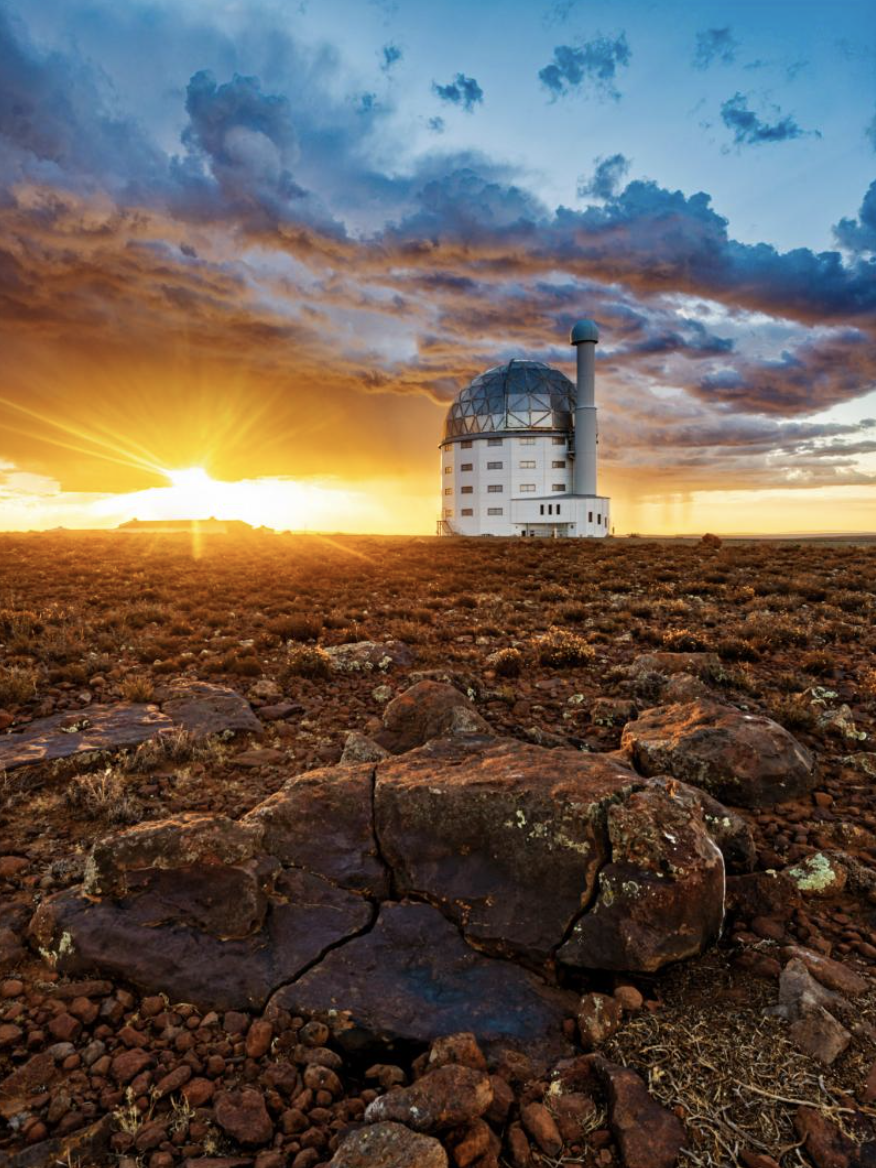
➤ Jeffrey Peterson
Searching for the First Stars with High-Z
High-Z is a 21-cm all-sky spectrometer, designed to detect the turn-on of the first stars 100-500 million years after the Big Bang. With this instrument we can see back to redshifts as high as 50, well beyond the reach of JWST. The instrument is unique in the world in that it used high-impedance readout of the antenna to improve calibration accuracy. High-Z has been under development for about seven years and versions have been field tested in Karoo, Australia and Manicouagan Quebec. Tests in 2021 in Quebec demonstrated a need for a more precise digital spectrometer, based on newly available RF-SOC technology from Xylinx. This grant will allow students to learn to program our new RF-SOC system in VHDL. We also need better EM simulation of the antenna performance than is possible on desktop systems and request time on Bridge2 to carry out parallel simulations under Ansys. The grant will also cover field testing in Nevada and South Africa. If we detect the all-sky 21-cm signal there will be a world-wide effort to map structure in the sky glow, similar to the CMB mapping effort over the last 60 years.
➤ Mohit Bhardwaj and Katherine Lu (student)
Exploring the Globular Cluster Origin of Fast Radio Burst
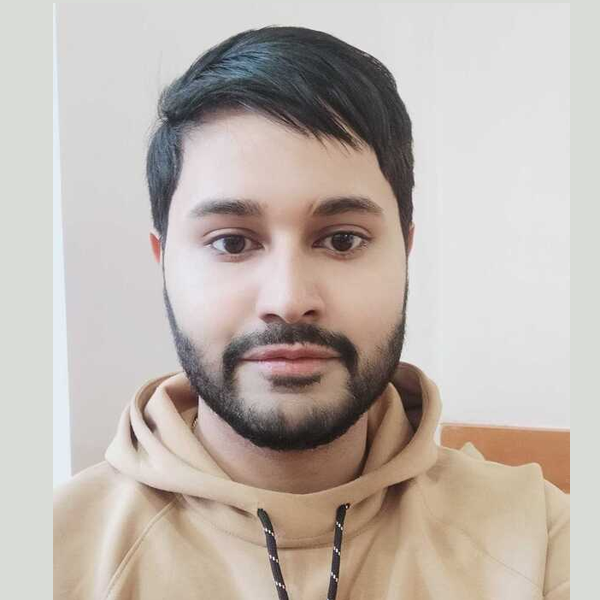

Fast radio bursts (FRBs) are one of astronomy's greatest mysteries. These extremely powerful radio blasts can travel cosmological distances and emit more energy than the Sun does in a thousand years, despite lasting only a few thousandths of a second. While prevailing theories suggest magnetars — highly magnetized neutron stars — as the likely progenitors, the recent discovery of a repeating FRB within a globular cluster in M81 countering FRB theories centered around young magnetars born from core-collapse supernovae. Globular clusters are old stellar populations that can harbor multiple exotic transients formed via dynamical processes. Yet, pinpointing FRBs within extragalactic globular clusters remains a big challenge. This study aims to formulate testable hypotheses grounded in observations, leveraging existing localized FRB data. Moreover, if a substantial fraction of FRBs indeed traces their origins to globular clusters, the implications of this work would extend to constraining the prevalence of dynamically formed binary systems within globular clusters — encompassing exotic formation scenarios ranging from the accretion-induced collapse of white dwarfs to binary white dwarf mergers.
➤ Katie Breivik and Nora Shipp
An Extended Visitor Program for the McWilliams Center for Cosmology
Conferences and workshops are critical to stimulating conversation across the astrophysics community. However, innovative ideas and collaborations rarely form over the course of a few days. We thus propose to initiate a pilot program which allows McWilliams Center members to either visit an external institution or host a visitor from an external institution for a maximum of two weeks. The primary goal of this program is to ignite and/or fuel research collaborations for early career researchers whose networks have suffered due to the global pandemic by providing a venue for extended collaboration.


